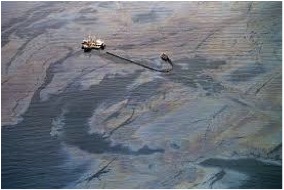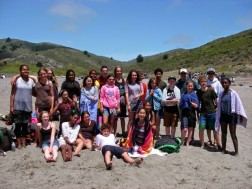This installment of Climate Connections by Sara Hutto Ocean Climate Program Coordinator for NOAA’s Greater Farallones National Marine Sanctuary was funded by NOAA’s CA Bay Watershed Education and Training (B-WET) Program
Hello LiMPETS educators, and welcome to the second edition of Climate Connections, where we connect you to the latest information on our changing climate. With a new year came a new administration and a new federal (re)focus on climate change. Hurrah! Considering 2020 tied with 2016 as the hottest year ever, and the last 6 years were the hottest 6 years ever (do I sound like a broken record from last year’s report?), there’s no time like now to take some bold actions:

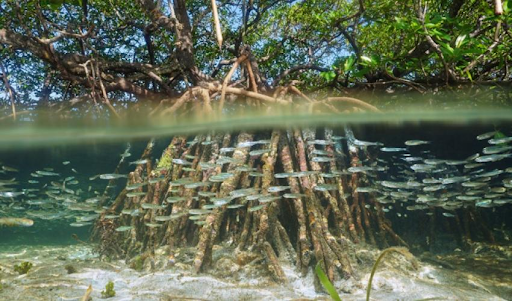
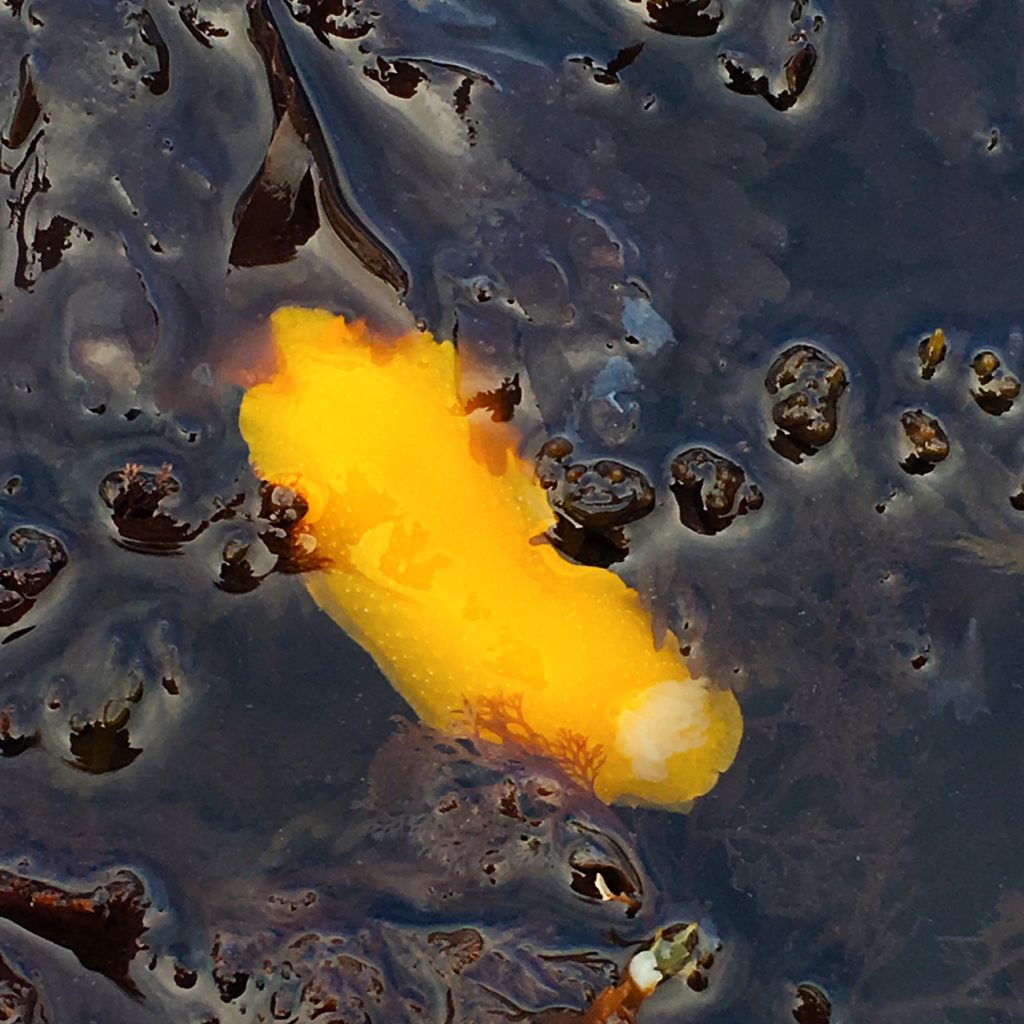
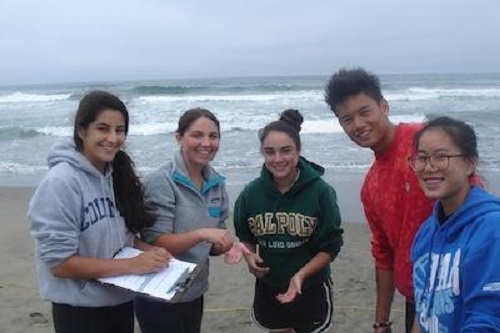
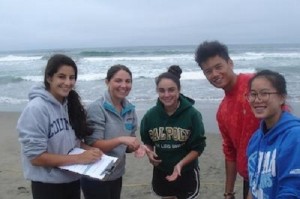 Do you know where sand crabs find love? Is there such a thing as a Match.com for sand crabs? It just so happens that there’s a great spot for sand crab love, and it’s along certain parts of Ocean Beach.
Do you know where sand crabs find love? Is there such a thing as a Match.com for sand crabs? It just so happens that there’s a great spot for sand crab love, and it’s along certain parts of Ocean Beach.